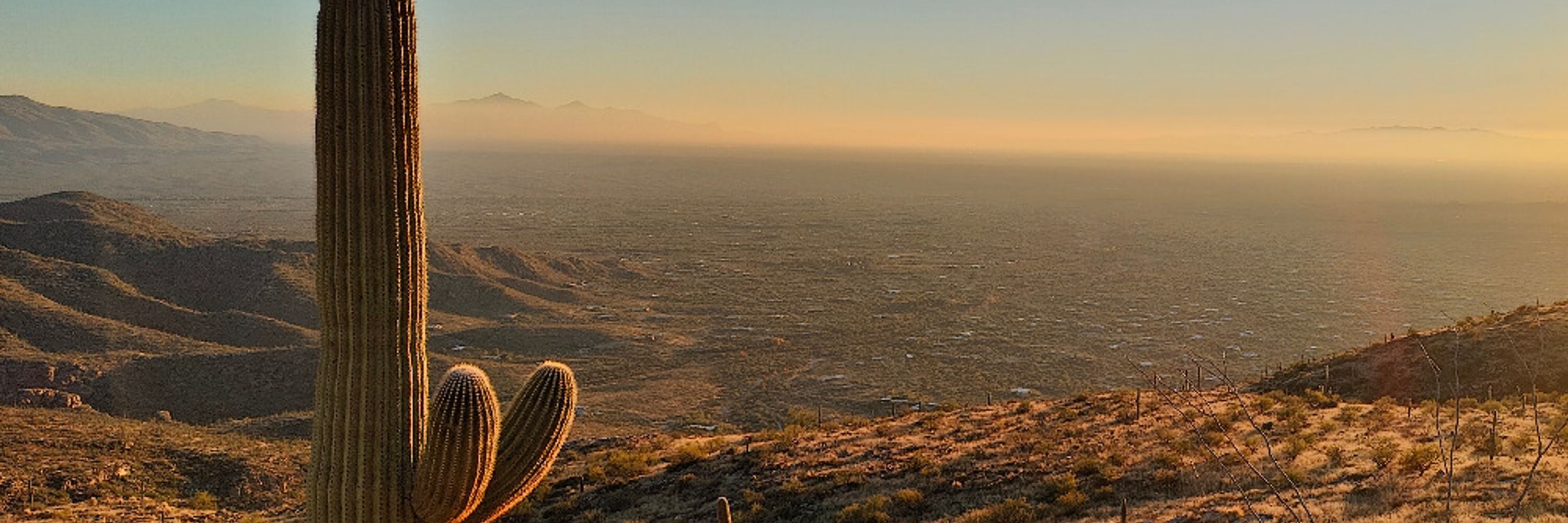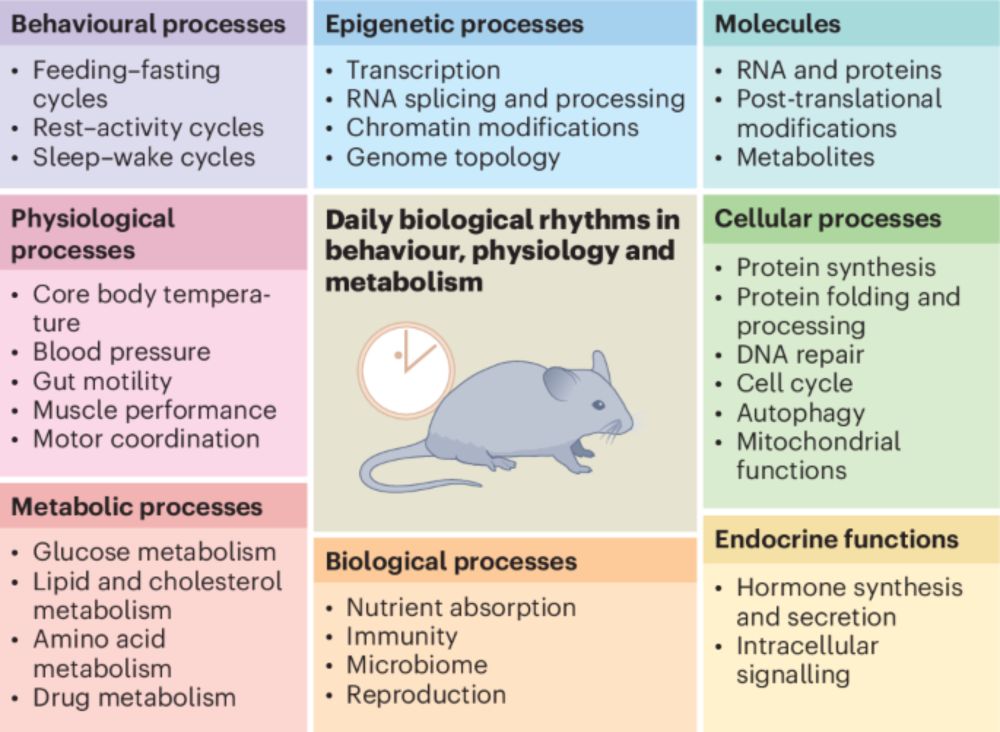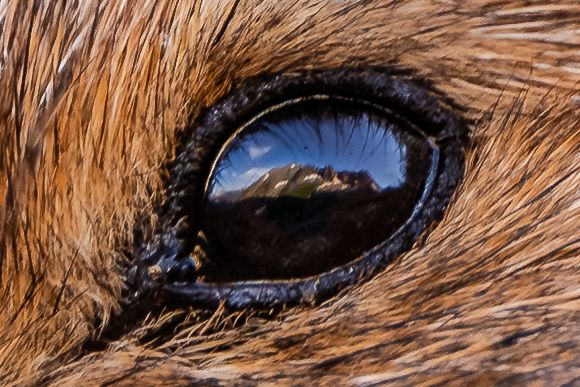Nate Upham
@n8upham.bsky.social
770 followers
690 following
94 posts
Evolutionary biologist & Mammalogist at Arizona State University
Rodents of the Sonoran Desert and Sky Islands
Connecting rodent evolution, genomics, & ecology to life's cosmic problems 🌒
\\ Views are my own // #BLM
Posts
Media
Videos
Starter Packs
Reposted by Nate Upham
Reposted by Nate Upham
Reposted by Nate Upham
Reposted by Nate Upham
Reposted by Nate Upham
Reposted by Nate Upham
Reposted by Nate Upham
Reposted by Nate Upham
Reposted by Nate Upham
Nate Upham
@n8upham.bsky.social
· Aug 31
Reposted by Nate Upham
Reposted by Nate Upham
Nate Upham
@n8upham.bsky.social
· Aug 25
Nate Upham
@n8upham.bsky.social
· Aug 24






![Comic. [Building with large sign in front of it[ SIGN: Welcome to the *Biology Department* It has been [changeable sign: 3] days since we discovered something existentially horrifying about bugs that makes you question your whole reality](https://cdn.bsky.app/img/feed_thumbnail/plain/did:plc:cz73r7iyiqn26upot4jtjdhk/bafkreigvmzverlrjgqp4mazbkhm43fpvv2hdbkd2t2646dhihozrwdcy24@jpeg)












